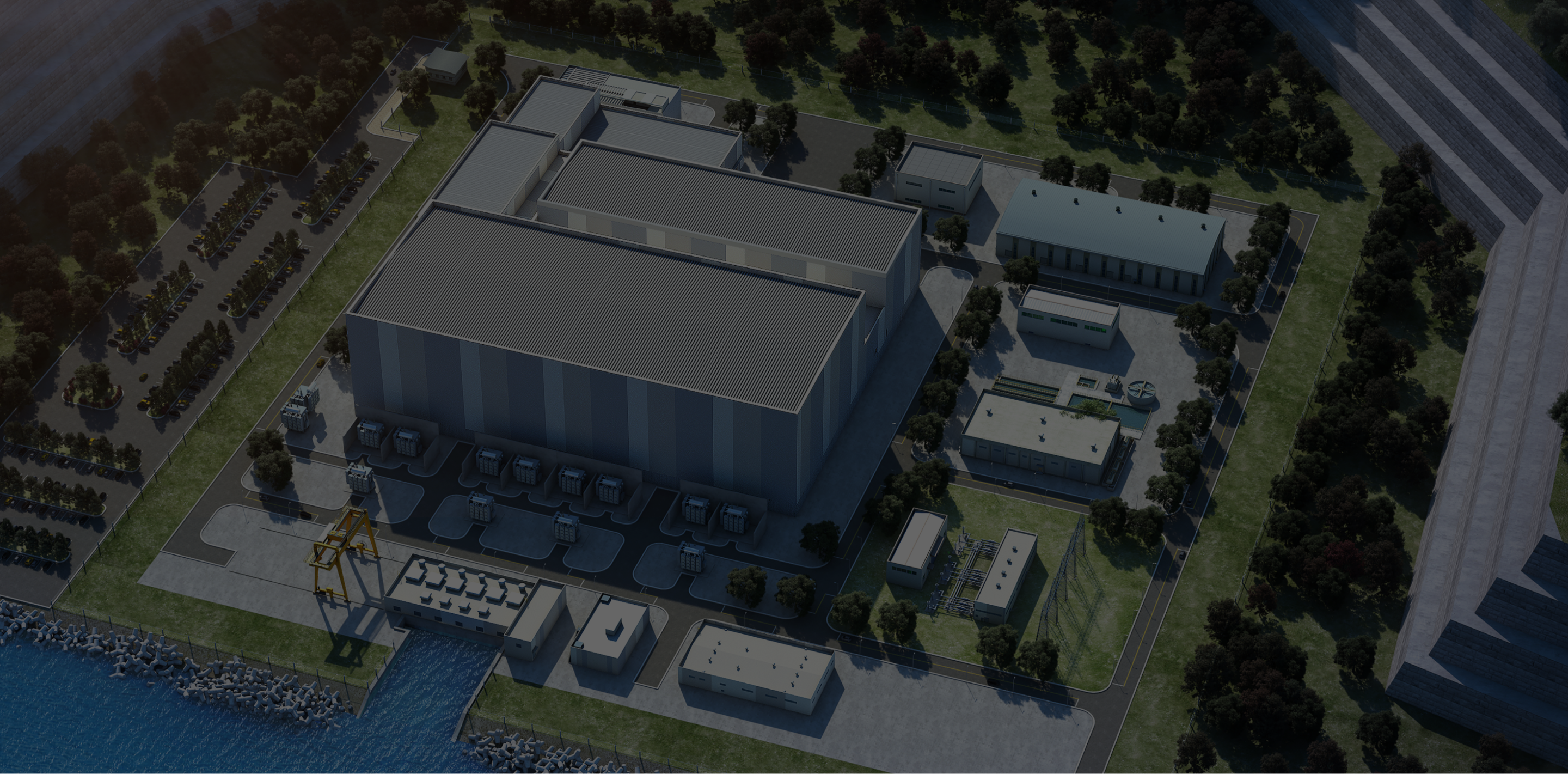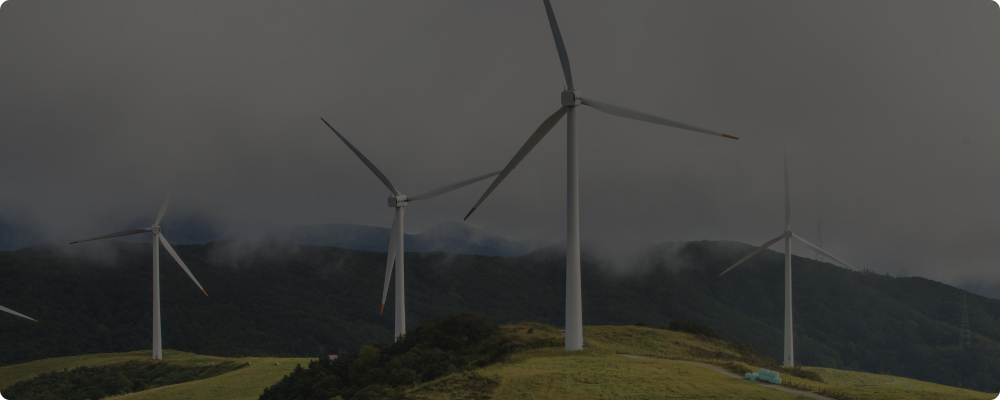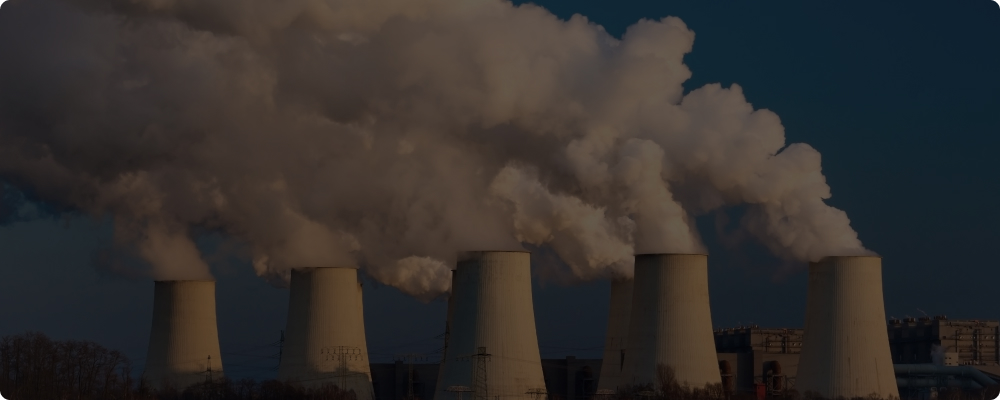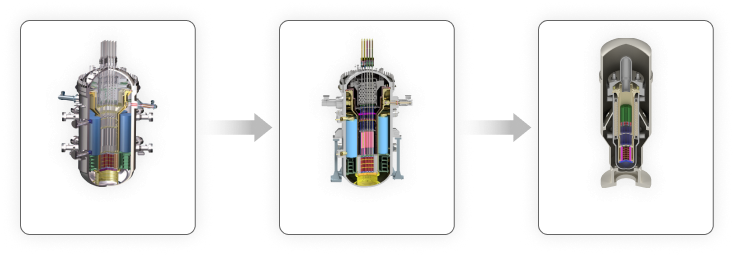
SCROLL
![]()
A Net-Zero Future.
Powered by K-Energy.
i-SMR leads future energy business and contributes to carbon neutrality with eco-friendly energy.

About SMR
i-SMR provides safe and eco-friendly energy with abundant human resources and technology through various experiences.

Experienced Energy Solutions Provider
Carbon-free energy is attracting attention to achieve carbon
neutrality and respond to the global climate crisis. As Korea accelerates the transition to
clean energy under the policy of reducing greenhouse gas emissions by 40% by 2030, KHNP has
been preparing for the future as Korea's representative K-energy company and partner.
Korea’s proven zero-carbon energy technology and operational capabilities are It is now
providing new strength to countries around the world considering carbon-free energy. Based on
the technology and capabilities we have accumulated over decades, we are introducing safer,
more economical, and more flexible nuclear energy.

Energy Transition Game-Changer
Nuclear power is attracting attention as a clean energy source that can replace aging coal-fired power plants, which is one of the issues that must be urgently addressed for carbon neutrality. i-SMR is the optimal alternative to lead the transition to eco-friendly energy by applying the capacity of coal-fired power plants into consideration from the concept design stage, aiming for world-class safety, economic efficiency at the level of large nuclear power plants, and flexibility for flexible operation. As evidenced by the case of K-Nuclear Power Plant successfully supporting the use of clean energy in the UAE, KHNP and Team Korea's technological and business management capabilities will be the driving force behind the successful development of i-SMR, a game changer in eco-friendly energy conversion.

Net-Zero Future Builder
Due to the global crisis caused by climate change, sustainable urban development is emerging as a key task. KHNP dreams of a city where carbon neutrality and sustainable growth are achieved simultaneously through i-SMR-based net zero city. SSNC is an energy innovation platform that measures sustainable growth of cities through I-SMR-based net-zero energy and industrial competitiveness innovation, It is the CF100 energy mix model that will accelerate the realization of carbon neutrality through efficient urban energy production and utilization. The use of stable distributed power sources centered on highly economical i-SMR reduces energy consumption costs by 30% compared to regular cities, while solving the climate crisis caused by excessive resource consumption and environmental destruction by harmonizing with renewable energy. SSNC, drawing the future of the global net zero era through the present.

Capabilities to Complete on Time, within Budget
The majority of the new-build nuclear projects currently being constructed around the world are being delayed in completion due to a myriad of problems, including first-of-a-kind design issues, faulty materials and equipment, construction quality defects, insufficient early stage design, failure to meet license requirement and weak project management capability. As a result, in some cases, delay has prolonged up to 9 years comparing to the initial plan that incurred huge amount of additional construct costs. Korea has continuously conducted multiple types of NPP project in a repeated manner mostly without delay and cost overrun. In addition, current projects in UAE are successfully underway in accordance with initially contracted process in contrast to overseas NPP construction project executed by other suppliers in

Excellent and Abundant NPP Experience and Capability
Over the long period of 40 years, Korea has robustly implemented both domestic (30units) and UAE (4 units) NPP projects. So far, it has seamlessly operated the top-notch NPPS in the world by securing diverse technology organizations and reflecting the improvements learned from its previous project operations. In Korea, KHNP has executed NPP projects under its overall control ranged from planning, selection of applicable technology, engineering, to quality control. This is possible with continuous and intertwined coordination between KHNP and its partner companies which have ample experience and in-depth expertise

Abundance of Skilled Manpower
One of the key to succeed in a project is maintaining sufficient
manpower experienced in nuclear power project. In every field of nuclear power project, Korea
has secured plenty of skilled experts who can readily put into a new project. The number of
engineers is enough to construct as many as 14 units at the same time.
In particular, thanks to repeated NPP construction works, Korea holds a broad labor pool
ranged from machinery, electricity, instrumentation/control, tube, civil to quality test that
played as a great advantage for the successful i-SMR project.

Evolution history of Korean Nuclear Technology


SMR Resources
Check out the various news from i-SMR, which provides eco-friendly energy with safe technology.



